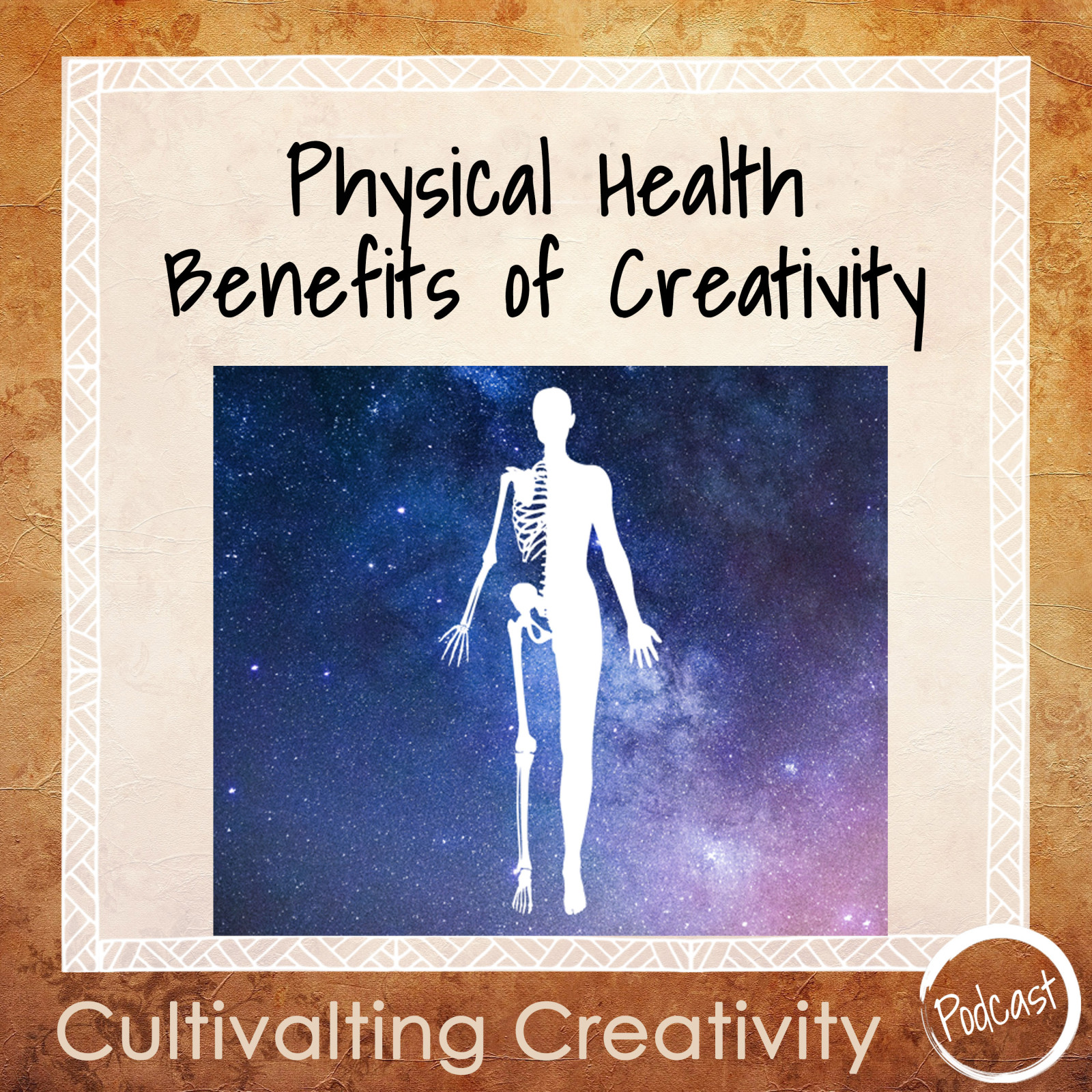
Summary:
Did you know creativity can improve your physical health? In this episode, I talk about the amazing Physical Health Benefits of Creativity, all backed by evidence from verified medical studies. Creative activities are proven to make you feel better and improve your quality of life. So why not start today?
created by a human
Episode Transcription:
[00:00:00] Welcome. I'm Kristi Backman. And this is my podcast Cultivating Creativity. It's about helping you build your creative life. Giving creatives a way to make space for artistic growth, through the insights of an artist, art instructor, and a creativity coach about the creative process and living that crazy creative life.
[00:00:29] In this episode, I talk about the amazing physical health benefits of creativity. There are so many ways creating can boost your actual physical health and improve your life! I will discuss a huge variety of different benefits, all backed by evidence from verified medical studies. Creative activities are proven to make you feel better and improve your quality of life.
[00:00:54] I know this sounds like a huge claim, but it's totally true. There are a variety of ways that creativity can benefit our physical bodies. And since I come from the world of academia, rest assured I will have a download on my website listing my references so you can check it out for yourself.
[00:01:19] So let's take a look at some of these benefits. First, it improves your motor skills. All of the visual arts utilize some type of hand-eye coordination and therefore enhanced dexterity. These activities also increase focus and attention because you're really having to focus on what you're doing, what you're piecing together or creating, steadying your hand for. And so, it really focuses on that aspect of dexterity. All the arts require some type of physical control and engage your body in different ways.
[00:01:54] Creating art can also increase your overall activity levels. Now while the visual arts are not as active as dance. You still have to get up and down. You still have to. focus those movements depending on your media. And this requires some general movement and energy, as well as some focus and muscle control.
[00:02:16] It could be seated at a Potter's wheel. It could be standing at a painting easel. It could be moving around a large sculpture. Or moving around a table creating collage. Or seated doing embroidery. It doesn't really matter because every single type of art requires some level of dexterity and focus. And the physical control to engage in that particular activity.
[00:02:41] Next, it boosts the immune system. Now I know this sounds crazy. But a randomized trial that involved people undergoing HIV treatment showed that expressive writing helped participants to boost their immune system. So, this is documented. And other studies have shown that expressive writing, creating music, creating arts, all activate the same parts of the brain and have the same type of physical results. So that translates to creating art could also boost your immune system.
[00:03:19] Another way that creativity helps our physical body is it can be used to cultivate our social life. Finding others to create with, talking to others about this type of work, connecting with other creatives, building or finding a community creates social interaction. And with the baseline of a shared activity or interest. This gives people a point to connect. There are so many opportunities to connect with others Through creative activities. You can find people where you buy supplies, you can find people online. There are often groups that meet in public areas that are looking for new members. Or you could always start this with a friend. Start this with someone you already know and have an additional shared activity that you can look forward to and work with together.
[00:04:16] The next thing I want to talk about is sleep. Creativity and sleep have, really interesting symbiotic relationship. Now, before we get into how they affect one another, I want to briefly make sure everyone, has a good understanding of how sleep works. First of all, there are several stages of sleep. The two main categories are non-REM and REM sleep, however, non-REM sleep has several stages. Stage one of non-REM sleep, your muscles begin to relax and your brain waves slow down. In stage two of non-REM sleep, you have light sleep, your heart rate and your breathing continue to slow, and your muscles are relaxing further and further. In stage three of non-REM sleep Deep slow wave sleep, or SWS begins to occur your heart rate and breathing are at their lowest level and your muscles are completely relaxed.
[00:05:16] Now REM sleep or rapid eye movement is the final stage of the sleep cycle. And during this stage brainwave activity increases, it mimics a state of wakefulness dreaming occurs during REM sleep. Dreaming is a way for the brain to evaluate real-world experiences. And the muscles in your body are temporarily paralyzed to present you for acting out your dreams. So that's just a quick overview of how the sleep process works.
[00:05:48] Now looking deeper at sleep and creativity. Like I mentioned before they have a symbiotic relationship. Improved sleep boosts our creativity and looking at that during non-REM sleep, the brain reviews and transfers current memories that happen during the day to the long-term memory cortex. And so basically, it's taking all the information you accumulated during the day and refiling it. And so, it's processing, it's seeing it again. Research shows that non-REM sleep allows us to notice information and details we may have overlooked during the day while we were living those experiences.
[00:06:28] Many artists, creatives inventors have said this is a key component of sleep because it really enhances their problem solving. Allowing them to review details that may have escaped their notice previously. Bringing to light new information that was overlooked.
[00:06:48] Studies show REM sleep enhances the formation of associative networks and the integration of unassociated information. So, this is used in creative problem solving. And so, what's happening here is essentially non-REM sleep extracts concepts and REM sleep connects them.
[00:07:10] So being well-rested allows for more focus, it elevates problem-solving skills. It increases accuracy and efficiency, and it minimizes mistakes. This allows for more effective creative production. Without sleep, the brain struggles to form ideas and perform at its best.
[00:07:28] Looking at the other side of the coin, how does creativity improve our quality of sleep? Engaging the mind is a different type of effort. You can feel mentally tired as well as physically tired. Being tired on both levels makes it easier to sleep. Often what keeps us from sleep is worry and stress. As creativity reduces stress and promotes positive emotions, it makes it easier to fully relax and sleep.
[00:07:56] And finally, I wanted to talk about how creativity reduces chronic pain symptoms. This functions on several levels. First, it can distract you from your pain by giving you something else to focus on. It can also benefit your mental health by creating endorphins, serotonin dopamine, because you're doing something fun and rewarding. We'll be talking more about the benefits of mental health in the next episode.
[00:08:23] It's a way to share your experience and it helps others see what you're going through. It's also an outlet for self-expression and it's a way to release negative emotions and experiences.
[00:08:34] In addition, working on a creative project can provide a sense of control because chronic pain is often unpredictable control is a welcome change.
[00:08:44] And to back this idea up, in hospital settings results demonstrated significant improvements in pain, mood and anxiety levels within all patients, regardless of gender, age, or diagnosis. That's a pretty big benefit.
[00:09:02] This list isn't necessarily comprehensive. There may be more benefits out there That I haven't unearthed yet. But I was so excited to share what I found so far. I am so passionate about the positive benefits that creativity brings into people's lives And I want to share that and having some of this documented research to back that up I hope really encourages people to take another look at creativity. It's more than just a hobby, it can be a way of life, it can be a way to approach life, and it can add so much to your life.
[00:09:37] I hope you found this helpful, that it brought some awareness to the real importance of creativity. Plus, it's just a lot of fun! Make sure to check out my website for the resources I referred to in this episode. And start creating today!
[00:09:53] If you enjoyed this episode, subscribe to my podcast. You can also follow me on social. Until next time!
created by a human

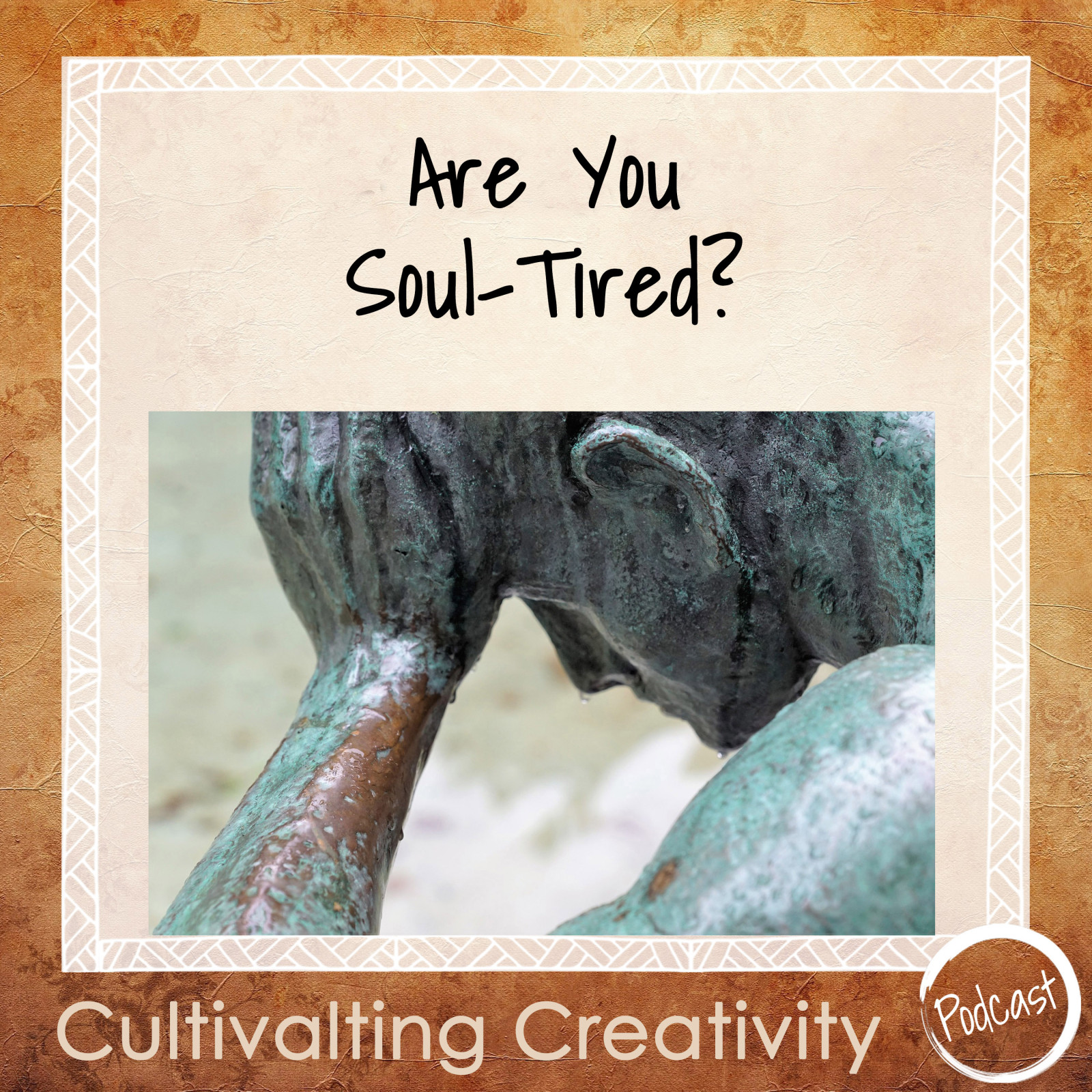


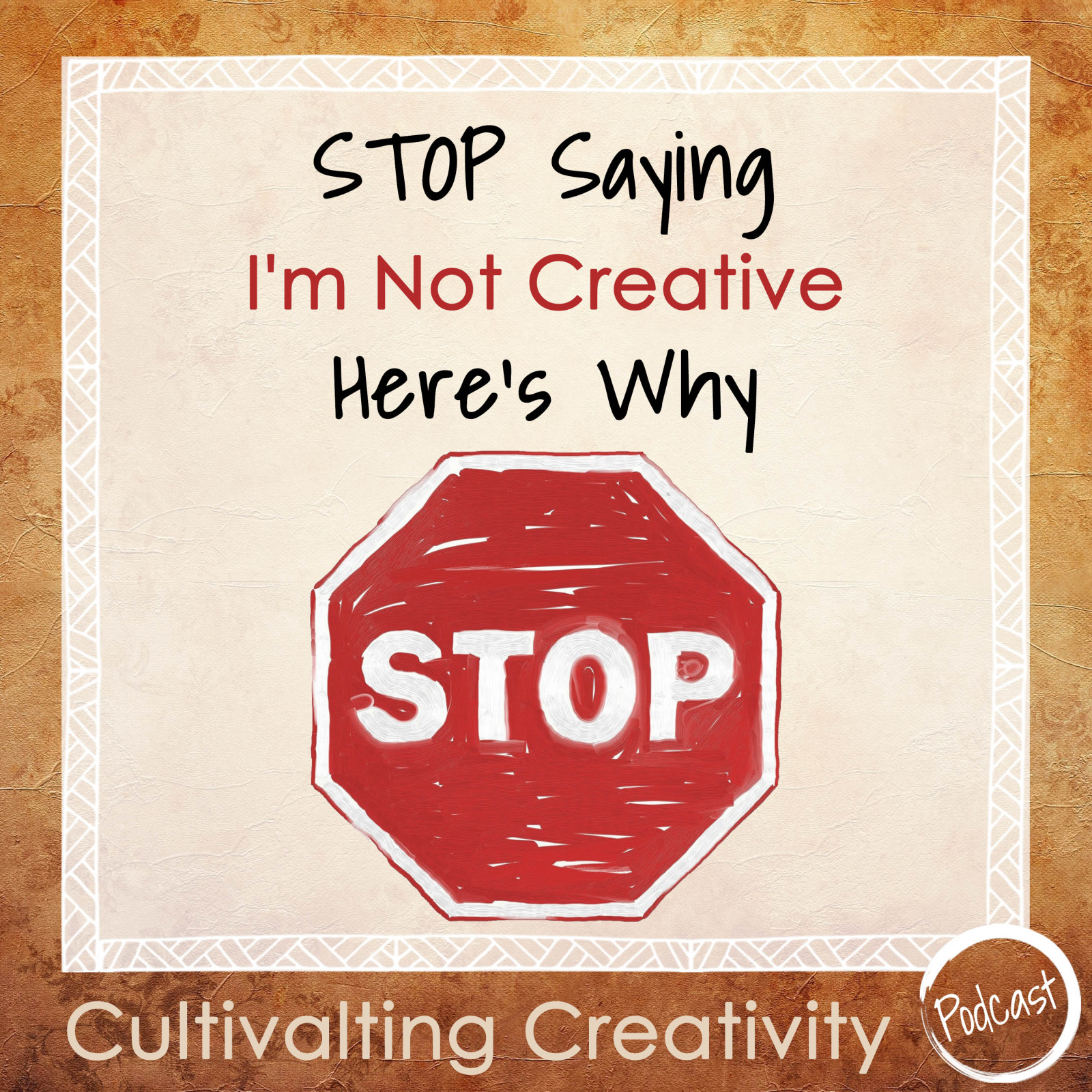

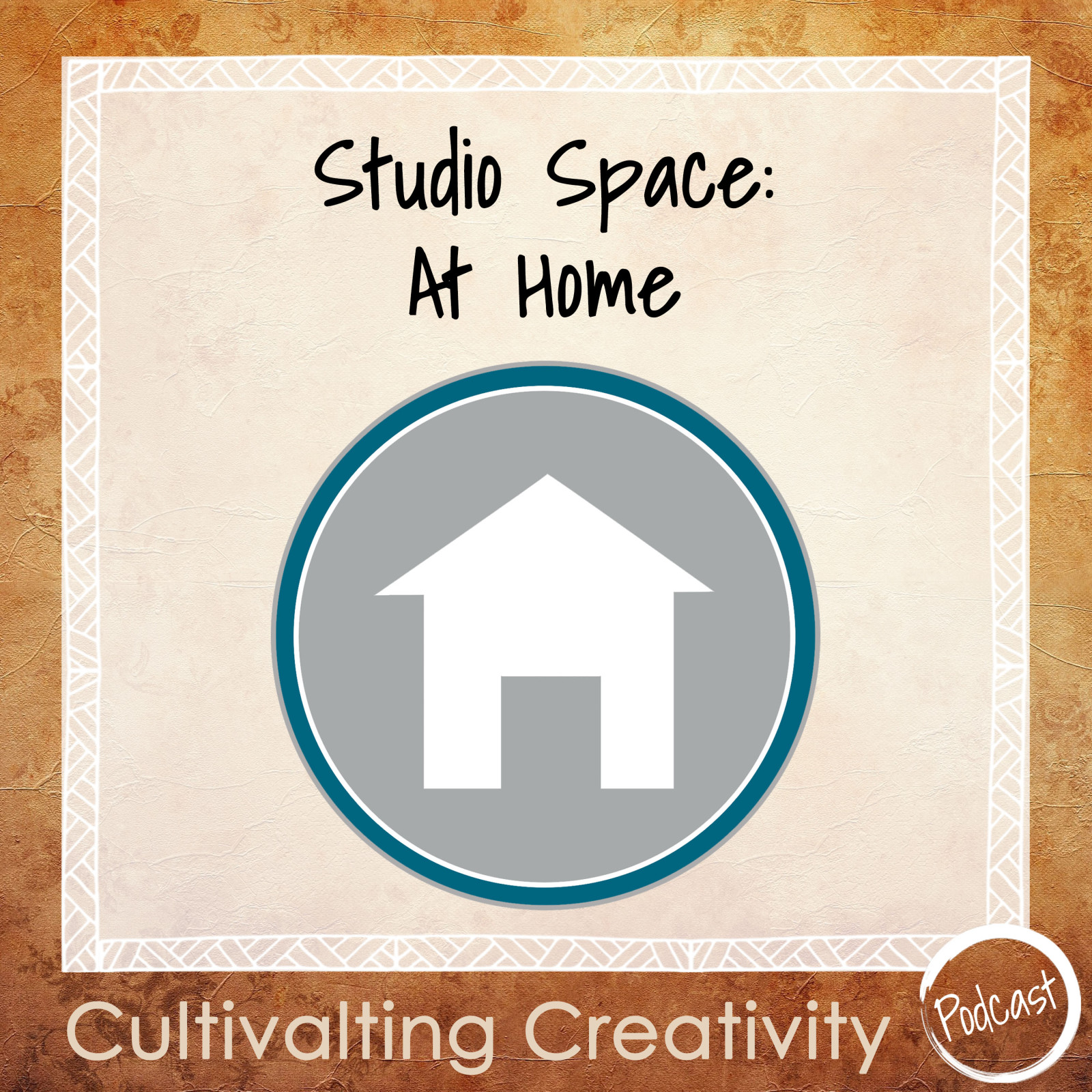

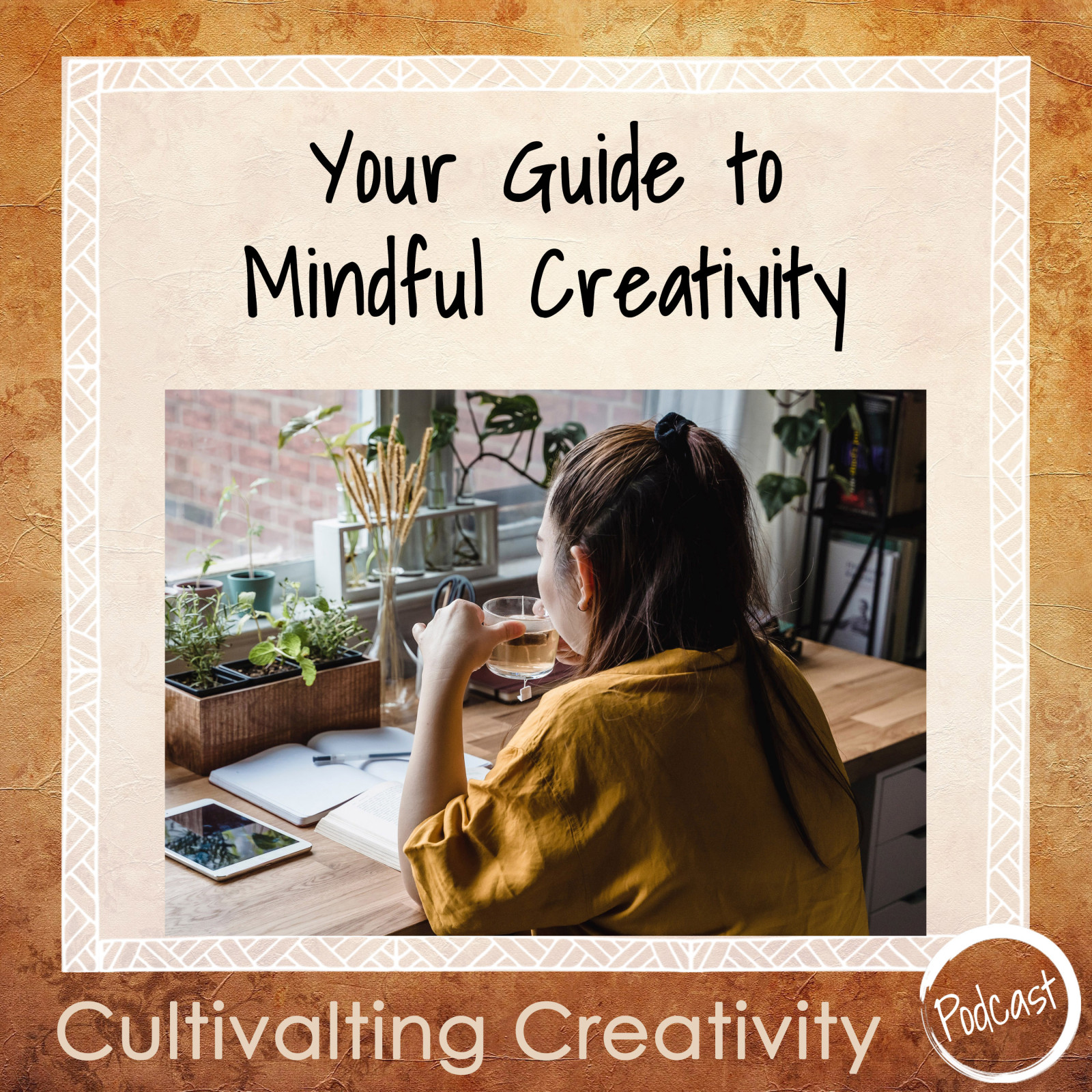
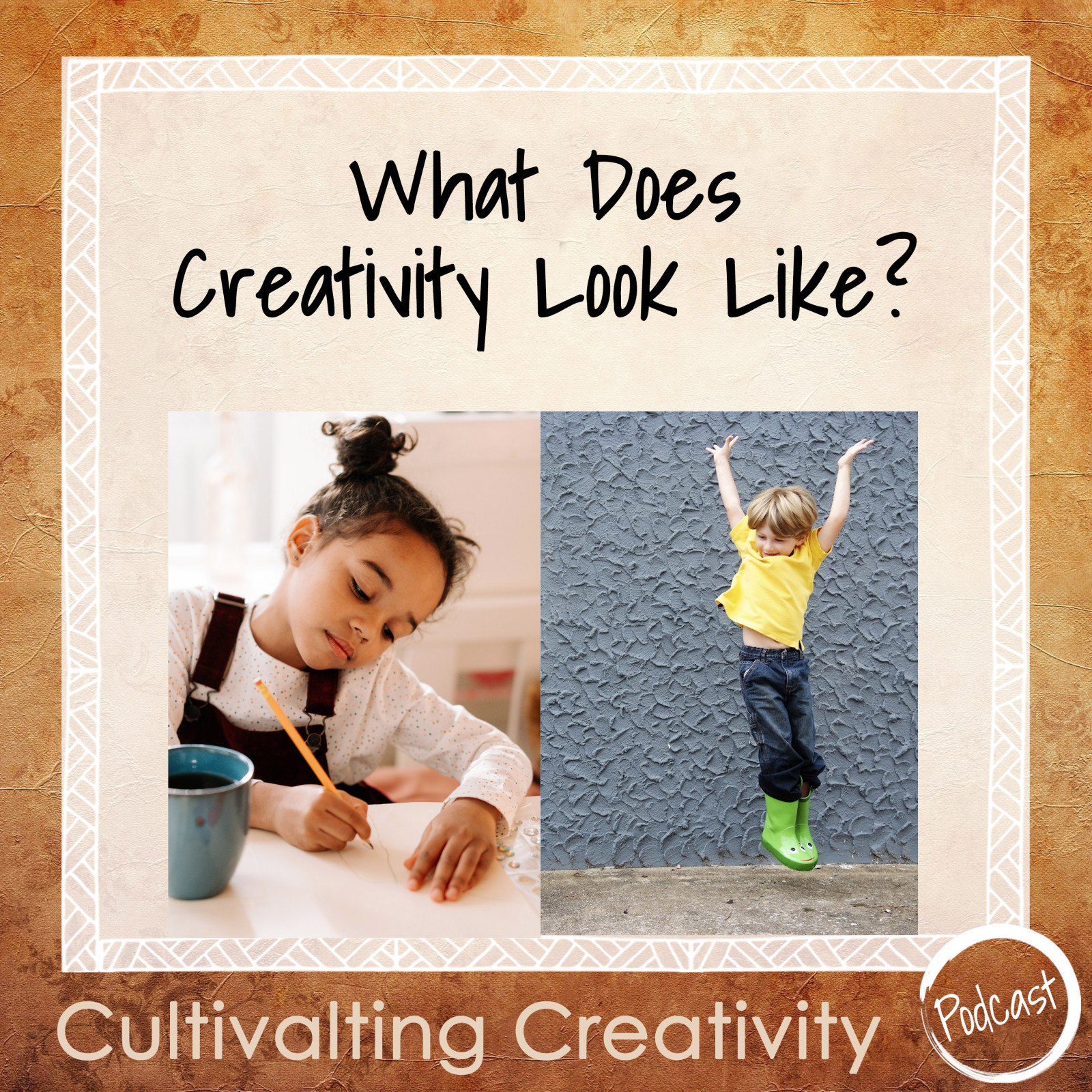
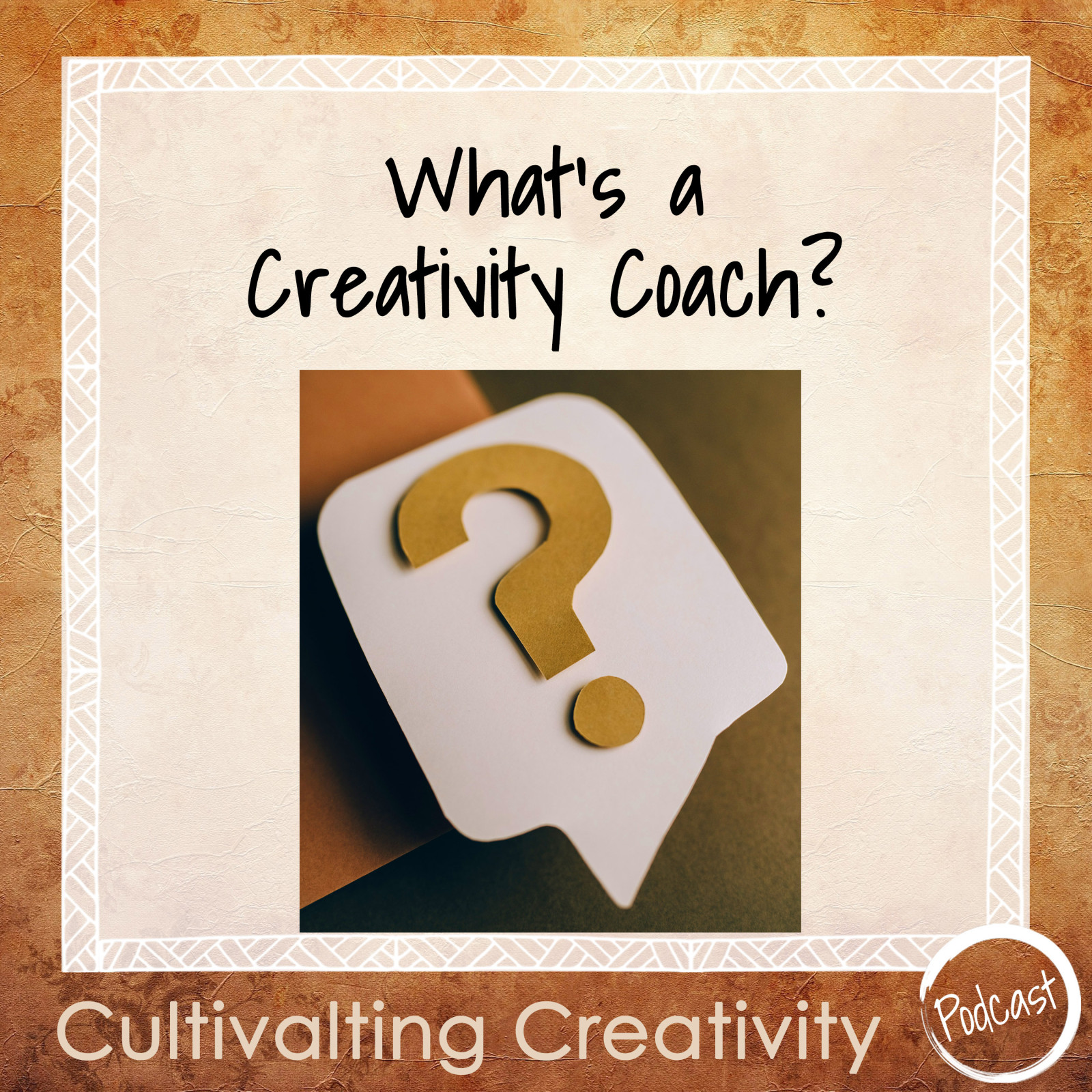
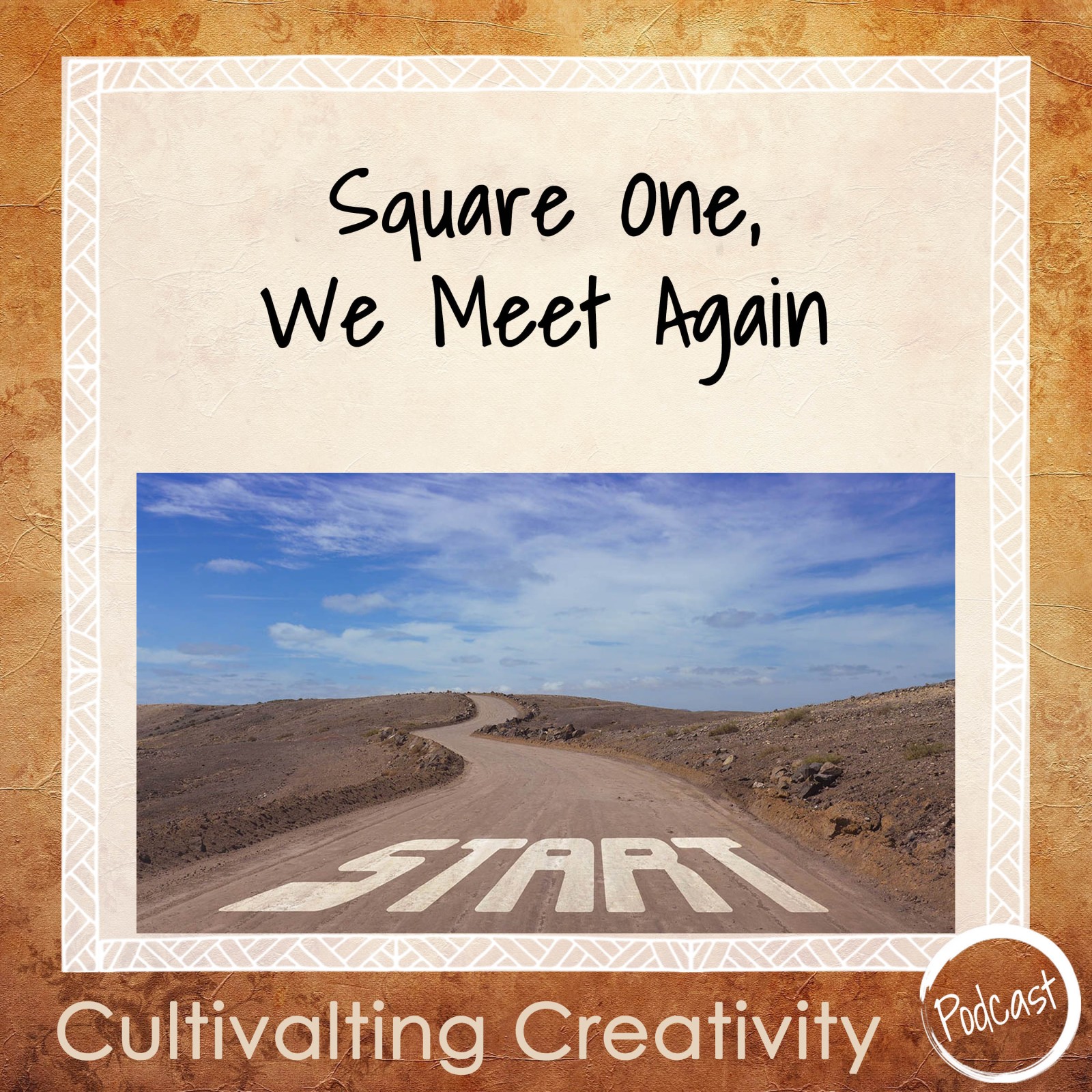




0 Comments